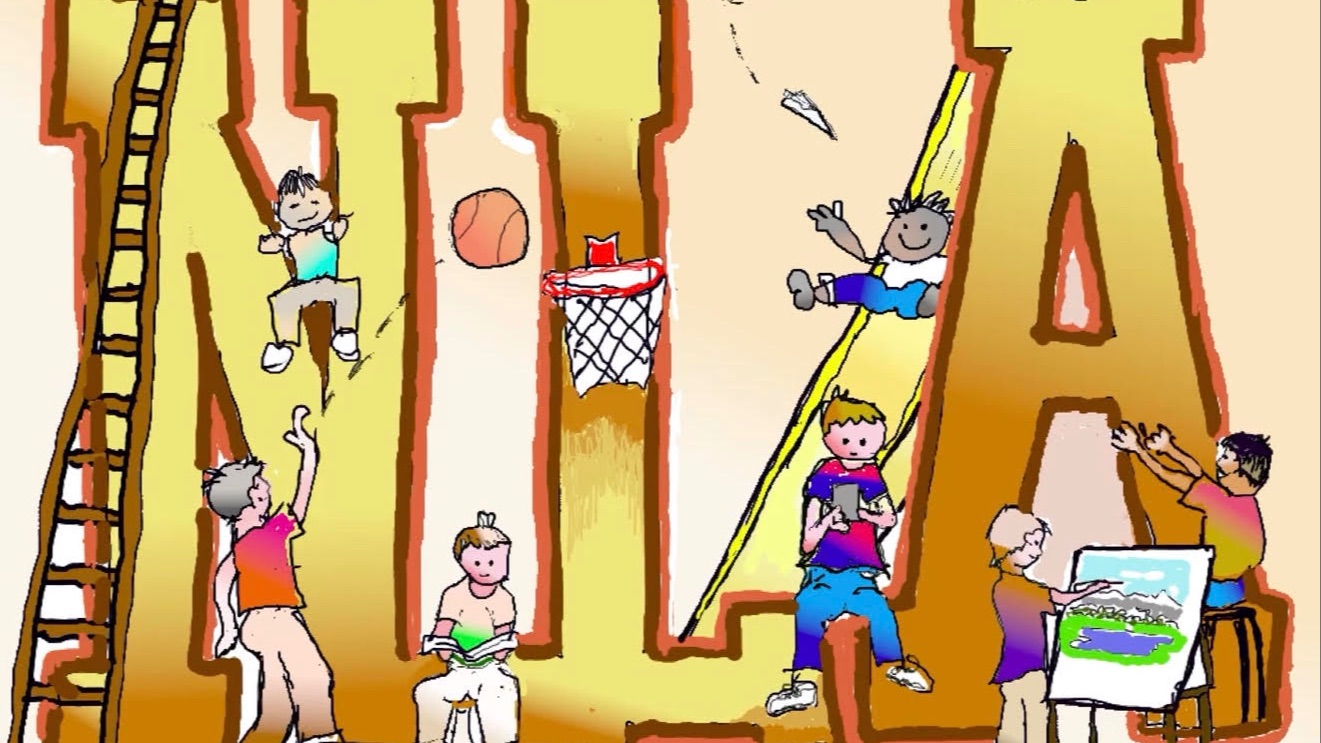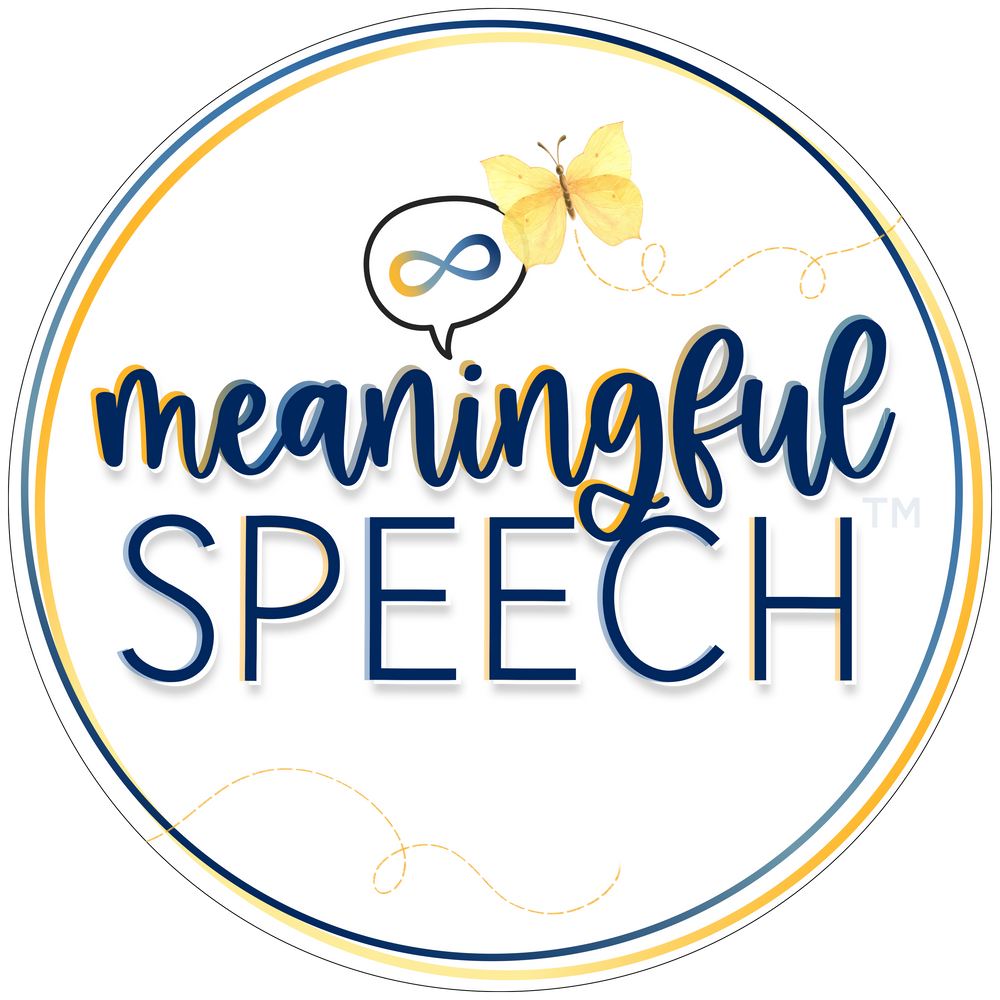Gestalt Language Development, Natural Language Acquisition, and Research
Jan 15, 2025
Natural Language Acquisition (NLA) research is qualitative in design, and more than that, it is the result of 15 years of accumulated clinical evidence. NLA is not an experiment. It is a description of natural gestalt language development!
- A guest post by Marge Blanc, M.A., CCC-SLP
Speech-Language Pathologist &
Author of Natural Language Acquisition
on the Autism Spectrum
Natural Language Acquisition (NLA) inspires. Thousands of clinicians, parents, and others have told us that their lives and the lives of their children who use echolalic language have been instantly impacted once they realized language development was happening naturally before their very eyes!
People tell us every day that NLA describes exactly how their children’s echolalia is being mitigated, how self-generated grammar is developing naturally — and how the original research of Ann Peters, Barry Prizant, Marge Blanc, and others describes what they sensed all along: that children who use a gestalt language development process naturally acquire language in their own way, and that they develop complete grammar systems just like their analytic peers. A game-changer, validated by fifteen years of longitudinal clinical research — and now spreading internationally — NLA closed the ‘research-to-practice gap’ that has historically existed between ivory-tower experimental research and the real lives of children.
How? This way: NLA describes how children who use a gestalt language development process develop language…all the way from delayed echolalic language to self-generated grammatical language! Clinicians have shared this with us: “After years of using programs that are considered evidence-based practices (EBPs) to try to make a real difference for my students, I gave up. Not until NLA did I feel like I could make a real difference in their lives.” and “I knew there had to be something more. I taught them to point, and they learned it as a behavior, but it didn’t jump-start language development.” and “I taught them single words like the literature said, but those words never combined. Something was missing, and until NLA, I didn’t know what to do.” and “NLA supports are 100% effective; each child’s journey is their own, but the principles describe gestalt language development to a T.”
NLA comes from qualitative/clinical research. Because of that, it supports kids every step of the way — starting wherever they naturally are in gestalt language development — stage-by-stage to a full grammar system. That’s because NLA is not an experiment: when researchers test a theory — not when qualitative researchers study what real children actually do naturally. As Barry Prizant has pointed out, the vast majority of research in our field has been qualitative, and NLA research adds to that proud heritage.
In my opinion, there is a gap between what experimental researchers establish as criteria to test and authentic empirical evidence of what individuals do naturally. This gap is the limited value of experimental research in our field and is the chasm that is popularly known as the “research-to-practice gap.“ Experimental research has brought us study after study after study after study that has simply taught us that highly measurable outcomes like pointing, and requesting, and increasing the number of single words uttered can be taught, prompted, and measured. These outcomes can prove not only unuseful to the language development we fervently desire for our children but actually detrimental to true, authentic language development.
Louise Elliman, a UK parent, wrote an impassioned essay I will quote here:
“One of the most helpful things I know about my son J is that he is a gestalt language processor (GLP). As such, he has always expressed himself differently. When he was younger, he gained language first in long chunks, exactly as he’d heard them (sometimes called echolalia). Over time, he broke these phrases down into smaller, combinable chunks, then into single words. At every stage, he used his language meaningfully, but he was nearly eight years old when he began to build his own sentences, using grammar for the first time…My understanding of J has been greatly improved by Marge Blanc’s … qualitative research on GLP. This research is seen as groundbreaking by many who recognise its findings in the children they parent or support. However, it also challenges the prevailing understanding within some disciplines…we are now seeing backlash from those who feel its conclusions do not fit with the ways they are accustomed to speaking about things…mainstream linguistics, which refers to echolalia only as pathology and a failure of “typical” language development…mainstream psychology, which sees autistic communication as primarily reflecting a deficit in social understanding at a cognitive level…behaviourism, which insists that autistic language is “verbal behaviour” which can be shaped and improved through operant conditioning.”
We are seeing now that sharing knowledge from clinicians to clinicians — and parents — is the new normal, and can usurp the old-style, top-down “expert model” that kept us in the dark ages studying requesting, adult-led joint referencing, and word-learning again and again.
We have the neurodiversity movement to thank for our brave new world! Without it, we might have been kept in the silos of academic researchers, losing sight of real children, real Autistic adults, and real parents who have informed us of the lived experiences they document or recall about developing language from echolalia to entire grammar systems … naturally!
As we ponder this more, please remember what matters: that NLA research is relevantly-empirical. It is observationally-based with its own criteria: longitudinally-collected, spontaneously-produced/accessed language, with stage-to-stage progress observed through verified language/communication sampling — for 85 clients over the course of 15 years in a real clinic, with real communication partners, with real regulation opportunities, with sessions recorded, transcribed and analyzed using standardized language sampling techniques.
Dr. Barry Prizant endorsed the NLA book with these words:
“In this seminal work, Marge Blanc, an experienced clinician and clinical researcher, brings us back to a crucial understanding of language characteristics and language acquisition in ASD based on her deep understanding of language development from a social-pragmatic, child-centered perspective...This book is a 'must-read' for all who care about supporting social communication for persons with ASD based on research and sound clinical practice.”
At The Speech Den Gestalt Language Processors Conference in the fall of 2024, Barry Prizant explained that experimental research is ill-matched for understanding language development, and why qualitative and clinical research like the NLA research translates immediately to parents, clinicians, and others who work directly with children like those in the NLA research.
We, the clinicians, parents, and others who care about real language development, know that echolalic language is real language. It is not less real than self-generated language; it is real in its own right, and leads naturally to self-generated language. We know echolalia is real language when our children say to us, "I like to eat, eat, eat, apples, and bananas,” on their way to the fridge; and when they sing, "Love makes the world go round” when they laugh as we piggy-back ride them around the room, and when they yell, “Let’s get out of here” as they run outside. Self-generated language is not the only legitimate language. When I say to you, “We hold these truths to be self-evident…” you know I have quoted/echoed these words from elsewhere. But you also know that those words are real language, in fact, some of the best real language.
Let’s conclude here with an echoed clause plus a self-generated ending. “We hold these truths to be self-evident: that echolalia is real language, that it can be mitigated naturally, and that single words naturally emerge from those mitigations. Those single words then naturally combine to create grammatical, self-generated language that naturally leads to a full language grammar system. NLA describes that process. Its research is longitudinal, clinical, and applicable immediately today, tomorrow, and through the child’s language development years.”
